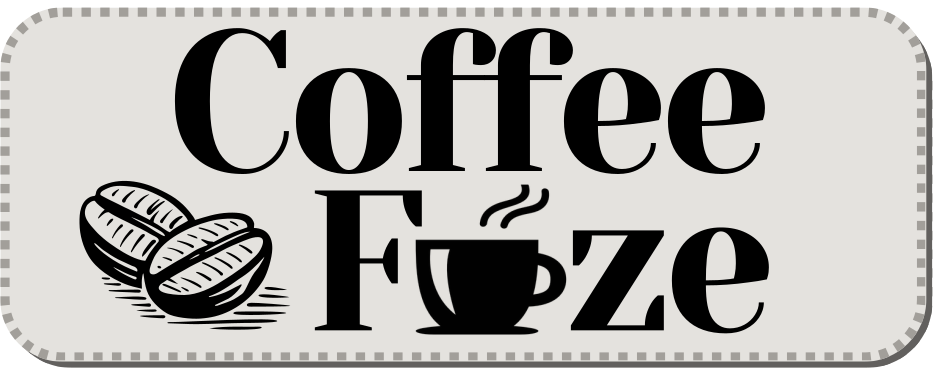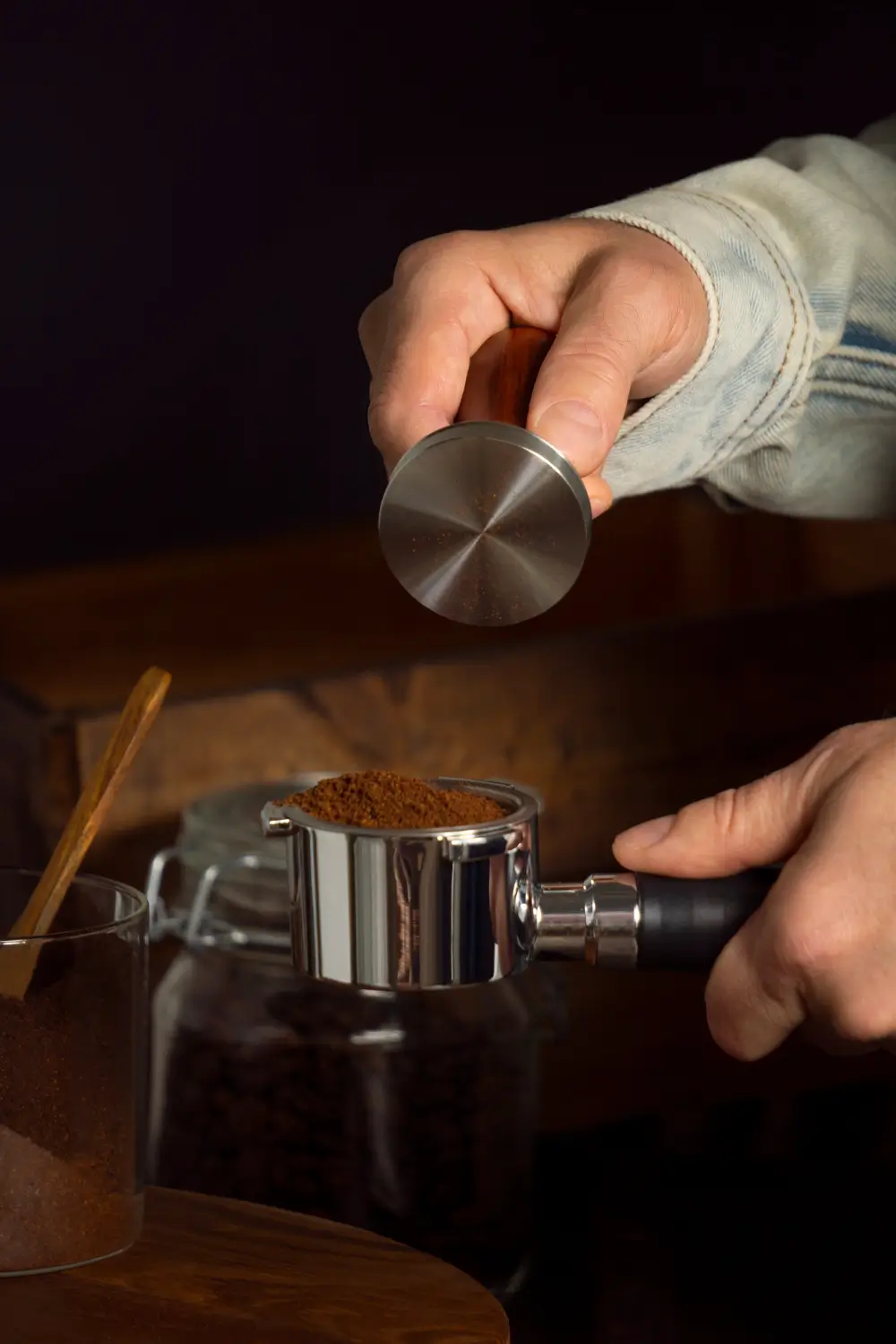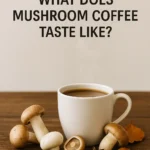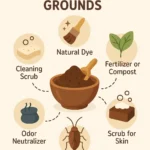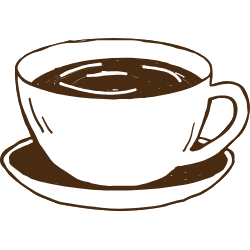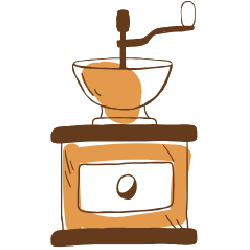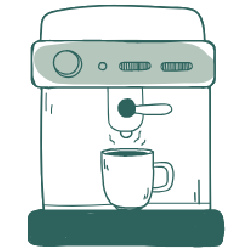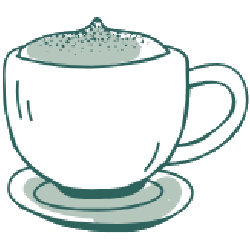You love your morning cup of coffee, right? Many of us do! But have you ever really thought about what truly dictates how much caffeine is in it? It’s not as simple as just grabbing “a cup of coffee.” The reality is, the caffeine content in your brew results from a surprisingly complex interplay of different factors, from the specific coffee beans you use to how you prepare your drink.
We’re going to explore all those influences, helping you understand exactly what gives your coffee its stimulating kick. We’ll look at the differences between Arabica and Robusta beans, explore various brewing methods, clear up common misconceptions about roast levels, and even touch on other subtle factors that affect your final mug.
The core difference: coffee bean variety
When you’re thinking about caffeine, the fundamental starting point is always the coffee bean itself. Just like different grape varieties produce different wines, distinct coffee bean species inherently come with varying caffeine levels. The two main players in the coffee world are Arabica and Robusta, and they’re quite different in terms of caffeine.
Robusta: the caffeine king
Meet Robusta, or Coffea canephora. These beans truly are the caffeine royalty. They naturally pack a much higher punch, typically containing about 2.2% to 2.7% caffeine by weight. That’s roughly twice the caffeine you’d find in Arabica beans! This isn’t just a happy accident for us caffeine lovers. This higher caffeine content actually acts as a natural pesticide, helping the Robusta plant defend itself against pests and diseases. It also explains why Robusta plants can thrive in harsher environments compared to their more delicate Arabica cousins. When it comes to flavor, Robusta beans tend to be stronger, more bitter, and have a harsher profile, which is why you often see them in espresso blends or instant coffee.
Arabica: flavor over fortitude
On the other side, we have Arabica, or Coffea arabica. While incredibly popular for its nuanced flavor, Arabica has a lower caffeine content, usually ranging from 1.2% to 1.5% by weight. What Arabica lacks in raw caffeine power, it more than makes up for in taste. These beans are prized for their smoother, sweeter, and far more complex flavor profiles, often hinting at nutty, fruity, or chocolaty notes. This rich character makes Arabica the go-to choice for specialty coffee worldwide. However, Arabica plants are more delicate and prefer higher altitudes, which also contributes to their distinct—and delicious—characteristics. When you compare the two, you’ll see why Robusta coffee beans are the natural choice for those seeking a stronger buzz, while Arabica coffee beans are for those who prioritize a refined taste experience.
Brewing methods: how preparation impacts caffeine
Beyond the bean itself, how you actually make your coffee influences the final caffeine content per serving. Think about it: the brewing time, water temperature, coffee-to-water ratio, and extraction techniques all play a huge role. Here’s a detailed comparison of popular methods, showing you how much caffeine you can expect:
| Method | Caffeine Content (per serving) | Serving Size | Notes |
|---|---|---|---|
| Cold Brew | Approximately 200-280 mg per 16 fl oz (473 ml) | Large (16 fl oz) | Long steeping time (up to 24 hours) and higher coffee-to-water ratio lead to the highest total caffeine content. Despite a lower concentration per ml, the large volume yields the most caffeine overall. |
| Drip Coffee | About 95 mg per 8 fl oz (240 ml) | Moderate (8 fl oz) | Larger serving size with efficient extraction. Produces high caffeine intake per cup. |
| Espresso | About 63 mg per 1 fl oz (30 ml) | Small (1 oz shot) | Highest concentration of caffeine per ml (~4.2 mg/ml) due to high pressure extraction, but a small serving results in lower total caffeine per shot. |
| Moka Pot | Approximately 105 mg per 8 fl oz | Moderate (8 fl oz) | Produces espresso-like concentration with medium-high caffeine content. |
| French Press | Around 80-100 mg per 8 fl oz | Moderate (8 fl oz) | Full immersion brewing with coarse grind, steeping increases caffeine extraction. |
| AeroPress | Lower, about 0.64 mg/ml per 6 fl oz serving | Small to moderate | Relatively lower caffeine extraction due to short brew time and method specifics. |
Cold brew: the total caffeine winner
If you’re looking for the most overall caffeine in a single serving, cold brew is usually your best bet. Its secret lies in the long steeping time—sometimes up to 24 hours—and a higher coffee-to-water ratio. While a single milliliter of cold brew might have less caffeine than an espresso shot, its much larger typical serving size (often 16 fl oz or more) means you’ll consume a lot more total caffeine.
Espresso: concentration vs. total yield
Ah, espresso! It’s often thought of as the ultimate caffeine delivery system. And in a way, it is! Espresso boasts the highest caffeine concentration per milliliter, around 4.2 mg/ml, thanks to that high-pressure extraction process. However, because an espresso shot is so small (typically just 1 fl oz), the total caffeine you get from one shot is actually lower—around 63 mg. So, it’s super concentrated, but you’re drinking less of it.
Drip coffee, French press, and moka pot: the middle ground
Most of us are familiar with drip coffee, and it offers a solid, moderate dose of caffeine, typically around 95 mg per 8 fl oz. Then there’s the French Press, a full immersion method that steeps the grounds, usually yielding 80-100 mg per 8 fl oz. The Moka Pot, which uses pressure similar to an espresso machine, gives you a concentrated brew with about 105 mg per 8 fl oz. These methods offer a good balance of flavor and a decent caffeine kick for a standard cup.
Aeropress: the lower end
The AeroPress is a fantastic, versatile brewer, but it generally produces a lower caffeine yield per serving—around 0.64 mg/ml for a 6 fl oz serving. This is mainly due to its relatively short brew time, which limits how much caffeine gets extracted from the grounds.
Roast level: a common misconception
It’s a really common belief that darker roasts have more caffeine. Many people think that the deeper the roast, the stronger the coffee, and therefore, the more caffeine it must contain. However, this is largely a misconception. The truth is, the caffeine content by bean weight is fairly stable across all roast levels.
By weight vs. by volume: the measurement factor
So, why the confusion? It often comes down to how you measure your coffee. Darker roasted beans actually expand during the roasting process, becoming less dense. This means if you measure your coffee by volume (say, with a scoop), a scoop of dark roast beans will contain fewer actual beans than a scoop of light roast beans. Naturally, fewer beans mean less caffeine. However, if you measure your coffee by weight (in grams), the caffeine content between a light roast, medium roast, or dark roast is almost identical. The caffeine molecule itself is quite stable and doesn’t break down much during roasting.
Extraction yield and brew method’s role
While the roast level itself has little direct impact on the inherent caffeine in the bean, studies do suggest that lighter roasts might allow for slightly higher caffeine extraction in your brewed coffee. This is because certain compounds in lighter roasts are more soluble, meaning they dissolve more easily into the water during brewing. Ultimately, though, the brewing method you choose will have a far greater influence on your cup’s final caffeine content than the roast level alone.
Other factors influencing caffeine
Beyond the fundamental choices of bean variety and brewing method, several other factors can subtly fine-tune the final caffeine amount in your cup of coffee. These often overlooked details contribute to the total stimulating effect you experience:
Grind size and water temperature
When you grind your coffee beans, you’re creating surface area for the water to interact with. A smaller grind size increases that surface area, which leads to a more efficient and higher caffeine extraction. Think about it: more tiny particles mean more places for the water to pull out caffeine. Similarly, water temperature is crucial. Hotter water extracts caffeine more efficiently from the grounds, so brewing with adequately hot water will yield more caffeine. Just be careful not to use extreme temperatures, as that can negatively affect the coffee’s flavor.
Brewing time and coffee-to-water ratio
It makes sense that the longer the water is in contact with the coffee grounds, the more caffeine it can extract. That’s why methods with longer brewing times—like cold brew—extract substantially more caffeine overall. On the flip side, a lower coffee-to-water ratio means you’re using more coffee for the same amount of water, which naturally leads to a stronger, more caffeinated brew. So, if you want a bolder kick, consider increasing your coffee dose or extending your brew time, depending on your method.
Serving size and bean origin
This one might seem obvious, but it’s worth mentioning: a larger serving size means more total caffeine. If you double your cup, you’re doubling your caffeine intake. Also, it’s interesting to note that even within the same coffee species, specific cultivars and their geographic bean origin can cause minor natural variations in caffeine levels. While these differences are usually small compared to the Robusta-Arabica divide, they still contribute to the overall complexity of coffee.
The world’s strongest coffees: commercial high-caffeine brands
If you’re someone who really needs a jolt, you might be interested in commercial brands specifically designed for extreme caffeine content. These aren’t your average supermarket beans; they’re formulated to deliver maximum impact.
Top contenders and their caffeine levels
Let’s look at some of the top brands marketed for their intense caffeine levels:
- Black Label by Devil Mountain Coffee Company: This brand often claims to be the strongest coffee available, boasting an astonishing 1,555 mg of caffeine per 12-ounce cup. That’s more than double the caffeine in a typical coffee! Despite its potency, they market it as having a smooth, bitter-free flavor.
- Very Strong Coffee: Hailing from the UK, this coffee contains around 1,350 mg of caffeine per 12-ounce cup. It can be a good choice for those with caffeine tolerance.
- Other notable high-caffeine options include:
- High Voltage Coffee (~1,150 mg caffeine per 12 oz),
- Black Insomnia Coffee (~1,105 mg caffeine per 12 oz),
- Biohazard Coffee (~928 mg caffeine per 12 oz),
- Gunpowder Coffee (~644 mg caffeine per 12 oz),
- Valhalla Java (~608 mg caffeine per 12 oz).
Why these brands are so strong (hint: Robusta)
You might be wondering how these brands achieve such sky-high caffeine levels. The secret ingredient is almost always Robusta coffee beans. As we discussed, Robusta beans naturally contain two to three times more caffeine than their more common Arabica beans counterparts. These companies capitalize on Robusta’s inherent strength, often using a high percentage of—if not 100%—Robusta beans in their blends to create a truly potent brew.
Conclusion
So, there you have it: the amount of caffeine in your coffee is far from arbitrary. It’s actually a fascinating interplay of several factors. The type of bean you choose is paramount, with Robusta inherently offering a much higher caffeine punch than Arabica. But how you brew your coffee matters just as much; methods like cold brew generally deliver the most total caffeine per serving, while espresso offers the highest concentration in a small shot. Roast levels, grind size, water temperature, and even your serving size also play a role in fine-tuning your final caffeine intake. Now that you know the ins and outs, you’re empowered to make informed choices based on whether you’re chasing that maximum caffeine boost or simply savoring a delicious, balanced cup.
